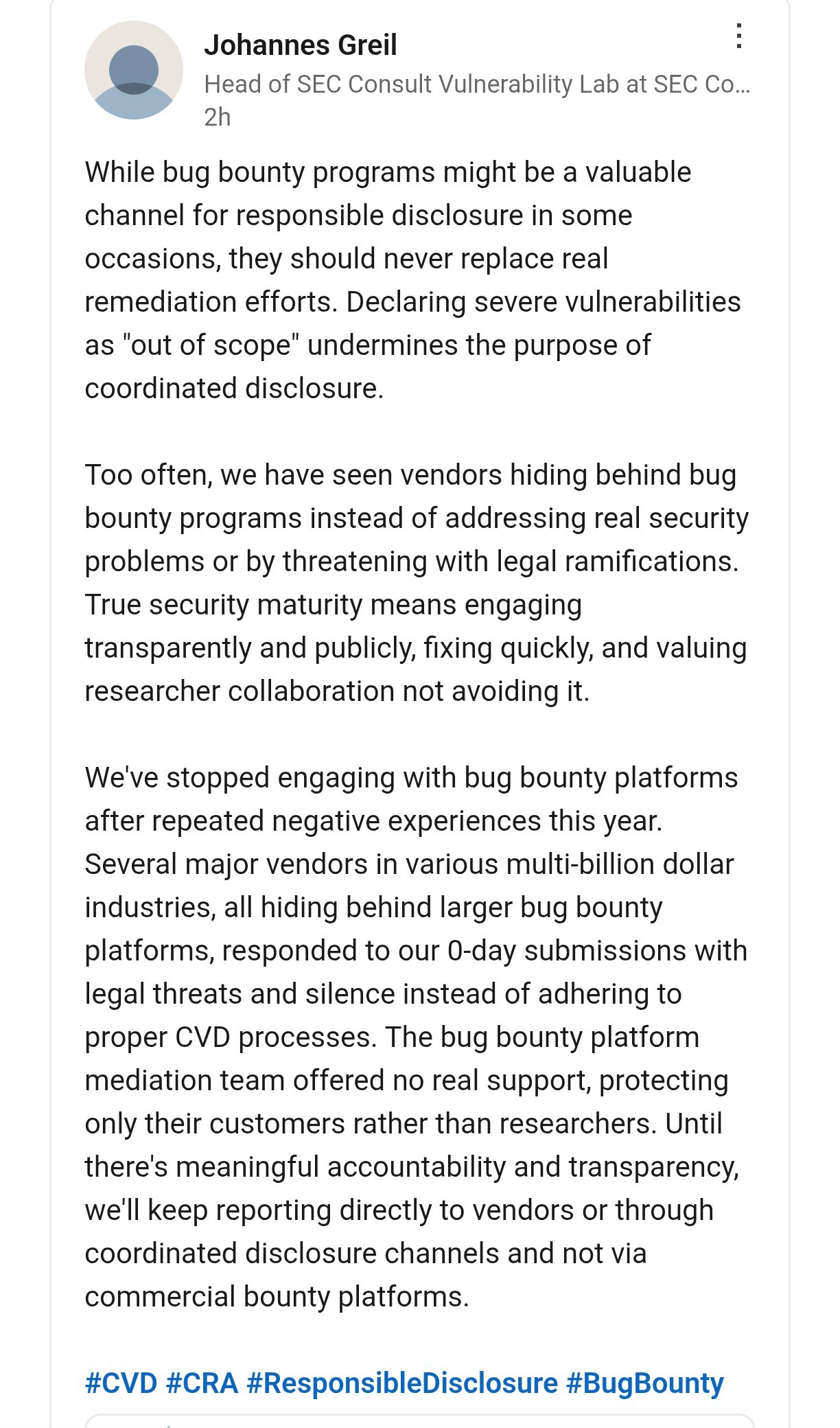This responsible disclosure article documents the discovery of an unsecured FTP server during security reconnaissance. **Vulnerability Type**: Unsecured FTP service with information disclosure and potential anonymous access. **Reconnaissance Process**: The researcher used assetfinder for subdomain discovery, DNS lookup to resolve target.example to 203.0.113.45, and nmap to identify open services (FTP, SMTP, SMTP-S, MySQL, POP3, HTTP). **Security Flaw**: The FTP service allowed session establishment with some directory listings visible even without valid credentials, indicating weak configuration. **Technical Details**: The researcher connected via FTP client and observed that while authentication was technically required, the service exposed directory contents and allowed informational commands (ls, dir, pwd) without full authentication - a classic misconfiguration. **Impact**: Exposed directory structures could reveal sensitive filenames, system paths, or data files. The service combination (FTP + MySQL + other services) also indicated poor security posture. **Responsible Approach**: The researcher practiced ethical disclosure by stopping at observation, taking screenshots without documenting specific files, and avoiding destructive actions. They focused on identifying the vulnerability for responsible reporting rather than exploitation. **Mitigation**: Secure FTP configurations should disable anonymous access, restrict directory visibility, implement proper authentication, and ensure least-privilege access controls. Regular security audits of exposed services are essential. #infosec #BugBounty #Cybersecurity #ResponsibleDisclosure #FTPSecurity
https://medium.com/@H4RUK7/the-day-i-found-an-unsecured-ftp-a-responsible-disclosure-story-00caf67ec647?source=rss------bug_bounty-5







